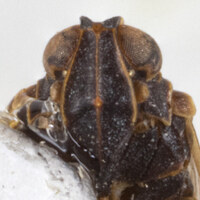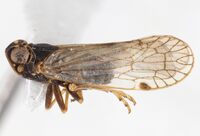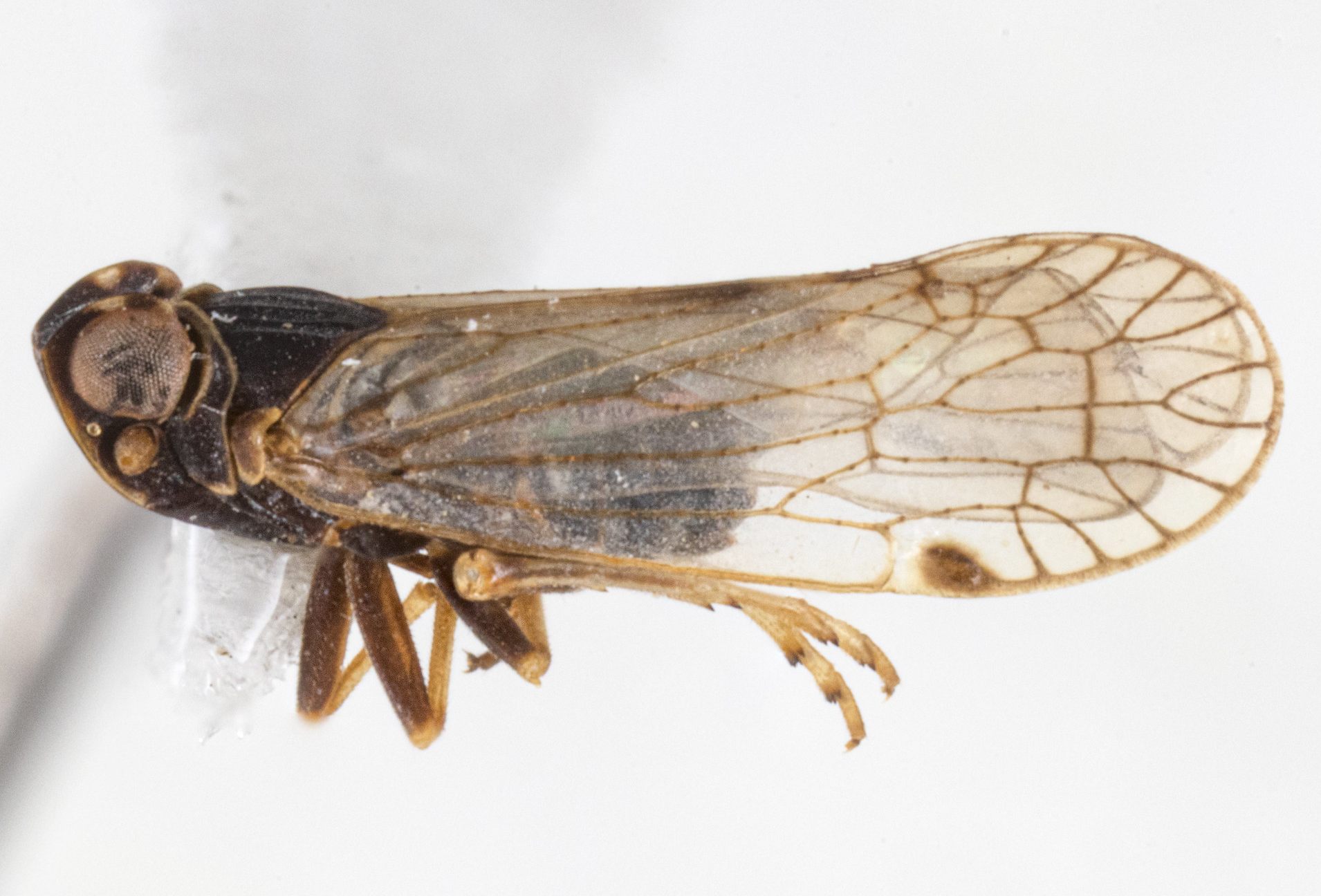|
|
|
|
Species Photo Gallery for Melanoliarus sablensis No Common Name |
 | Photo by: C.R. Bartlett & A.T. Gonzon
Out Of State Co.
Comment: UDCC_TCN 00003015, coll. C.R. Bartlett & A.T. Gonzon; sweeping grasses/sedges in wet meadow; det. C.R. Bartlett as Melanoliarus nr. sablensis |  | Photo by: C.R. Bartlett & A.T. Gonzon
Out Of State Co.
Comment: UDCC_TCN 00003015, coll. C.R. Bartlett & A.T. Gonzon; sweeping grasses/sedges in wet meadow; det. C.R. Bartlett as Melanoliarus nr. sablensis |
 | Photo by: C.R. Bartlett & A.T. Gonzon
Out Of State Co.
Comment: UDCC_TCN 00003015, coll. C.R. Bartlett & A.T. Gonzon; sweeping grasses/sedges in wet meadow; det. C.R. Bartlett as Melanoliarus nr. sablensis |

 »
»



 »
»

